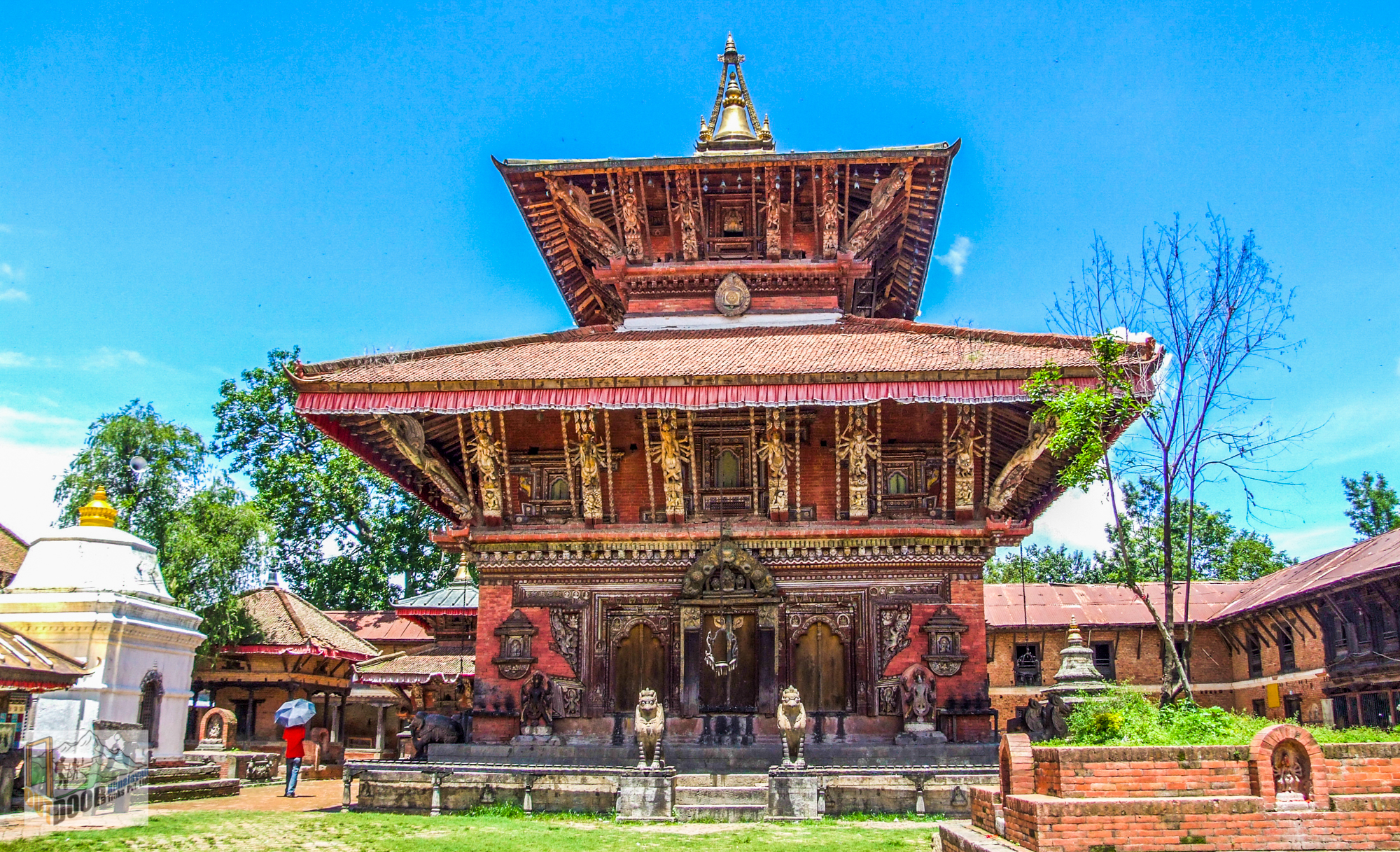The history of Nepal dates to be around 30,000 years ago as it matches with the oldest discovered archaeological evidence of human settlements in Nepal. Roughly the reign of Kirantis lasted for 1000 years, from 1000 BC to 1 AD. The Kirantis were defeated by the Sombansi King from the west of Nepal. Their dynasty is believed to have ruled over Kathmandu for about 400 years. The transition from the Sombansi Kings to the Lichchavis is a little disputed. Some accounts claim that the Lichchavis took over the reign of Nepal directly from the Kirantis by defeating them, while others assert that it was a smooth transition from the Sombansi kings to Lichhavis.
Whatever maybe the mode of the transfer of power, many historians term the Licchavi rule (4th century AD to the 9th century AD) as the golden period of Nepalese history. Utilizing Kathmandu valley’s strategic locus in the trade route between India and China, the Lichchavis turned their kingdom into prosperous nation and built many artful temples. The roots of the present Changunarayan temple go back into this period. In the premises of this temple was found the inscription ordered by the most powerful Lichchavi king Mandev. The inscription mentions his victory over the neighboring principalities.
Mandev was the first ruler in Nepal to introduce coins and records mention that he built Manbihar and Mangriha palaces. The other influential king of this time was Amsuvarma, whose Kailashkut Palace was described with praise by the then Chinese ambassador Wang Xuance. The Lichchavi rule waned in the late 7th century AD. After that little is known about Nepal until the emergence of the Malla dynasty in the early 13th century AD.
The Malla reign lasted for about five and half centuries until the middle of the 18th century. The period saw two great disasters in its early days: a great earthquake in the middle of the 13th century and the invasion of the Bengali Muslim emperor Shultan Sams-ud-din. The Muslim army plundered and destroyed the Hindu and Buddhist shrines of the Kathmandu valley. However, the Malla kings later on built the fabulous cultural heritage of the valley we see today: the three Durbar squares and numerous other temples. There was a fierce competition among the rulers of Kathmandu, Lalitpur and Kathmandu to outdo each other in building palaces and temples. They also started the tradition of a number of festivals and processions, which continue to this day.
On the flip side, the Mallas divided Kathmandu into three kingdoms, and initiated in-fighting and rivalry among themselves. The history of modern Nepal starts after the small kingdoms and principalities started to get annexed into a single nation under the leadership of the great king Prithvi Narayan Shah (originally from Gorkha). He took over Kathmandu in 1968 and shifted his capital to Kathmandu. And to this day, Kathmandu remains the capital of Nepal. The unification of Nepal was continued by the successors of Prithvi Narayan Shah. At the peak of expansion, Nepal included Sikkim in the east and Kumaon and Garhwal in the west, stretching all the way to Kashmir and a lot of southern plains. But Nepal had to fight a difficult war with the British Raj (1814-16) even before it had consolidated into a nation after the unification. As a result, it had to lose a lot of territory in the east, west and south.
Just thirty years after the Sugauli treaty in 1816 A D that ended war between Nepal and the British Raj, another dark age in the history of Nepal started with the Kot Massacre that catapulted Jung Bahadur Rana (the massacre was his plot) and his family into power. The Ranas ruled over Nepal for 104 years, during which they did virtually nothing to develop, empower and educate the people. What they did was to plunder the resources of the nation to enrich themselves and live in luxury, while they imposed despotic, extremely tyrannical rule upon the people. At this time, the Shahs were still the kings, but remained powerless. The rise of the Ranas, in the first place, was made possible by the filthy intrigues, plots, and struggles in the Shah dynasty.
In 1950s, the Ranas were unseated from their power by the joint effort of the then king Tribhuvan and the Nepalese people. But his ambitious son Mahendra did not allow democracy to take roots and took all state power in his own hand, initiating what was to be a semi-tyrannical party-less rule. This lasted for about 40 years. Finally another concerted struggle of the people restored democracy in 1999 AD. A few years afterward, a bloody Maoist insurgency started and took hold of the Nepalese politics for nearly a decade.
In 2008 AD, the insurgency formally came to an end after the Maoist insurgents signed a comprehensive peace agreement with the government and formed a new government in their own leadership. The election of constituent assembly was held for the first time in Nepalese history, whose mandate was to draft a democratic constitution for Nepal. The constituent assembly abolished monarchy and declared Nepal a federal democratic republic. But it could not draft a new constitution for Nepal and expired without fulfilling its purpose. Now the major political forces of Nepal are making efforts to reach a consensus on forging a new constitution for the nation with the election for a new constituent assembly.


